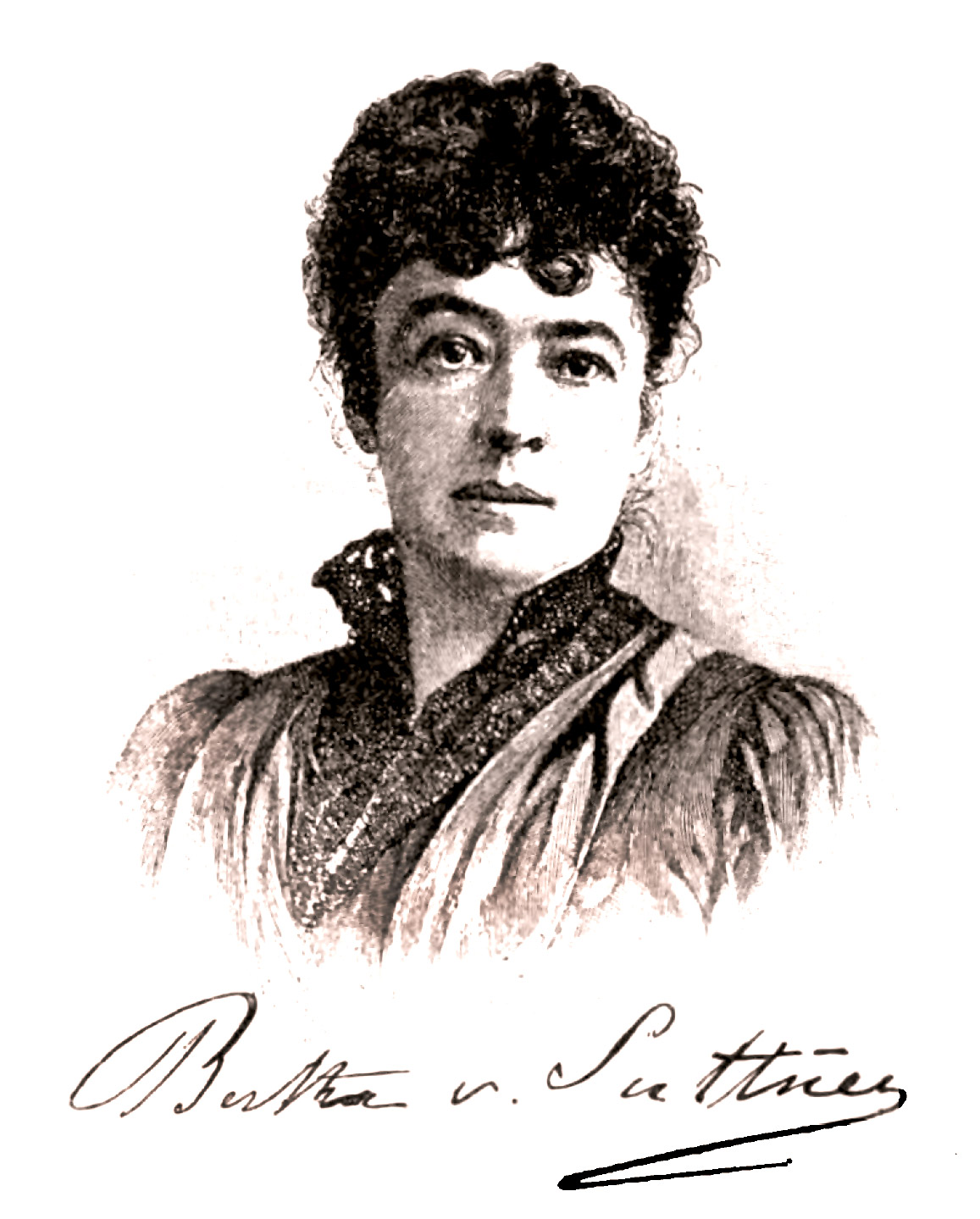The Caucasus in 1897 (superimposable)
Since the late eighteenth century, Tsarist Russia tried to bring the Caucasus under its control. It was not until 1864 that the war for St. Petersburg’s supremacy in the Caucasus came to a (temporary) end, and the entire territory of Georgia officially became part of the Russian Empire as a general governorate.
In 1897, the 4th edition of the Russia Baedeker, one of the most popular travel guides at that time, was published. The Baedeker edition even recommended a visit to ‘Kutais’, one of Bertha von Suttner’s residences: “It is worthwhile to visit Kutais and its magnificent surroundings” (p. 420). The Baedeker edition, however, reports only briefly and rather judgmentally on the war: “The most stubborn resistance was offered by the peoples of the eastern Caucasus (1835-1859), filled with religious fanaticism by the Emir Shamyl (d. 1871)” (p. 418).
Map by Andrees Handatlas (Vienna 1904).
Historical map of the centre of Tbilisi 1897 (Bertha’s house is marked below).
Here, too, the Baedeker travel guide reports on the successes of the Russian administration: “The larger part of the city lies on the right bank of the Kurá River. The north is occupied by the modern Russian part of the city with wide straight streets, squares and the government buildings.” (p. 435) Bertha von Suttner, who arrived in the country only a few years after the complete conquest of Georgia, must have perceived this mood similarly when she moved into a flat in Tbilisi for a while with her husband. The star in the historical city map marks the street with her residence, which still exists today.
Historical city map of Tbilisi 1915 (superimposed)
A Russian travel guide from 1915 writes about the capital of Georgia, at that time part of the Russian Empire: “Tbilisi is considered one of the oldest cities in the world. The city gets its name from its hot springs.” Григорий Москвич (1915): Путеводитель по Кавказу. Издание ХXII. Петроград (Grigory Moskvich, Guide to the Caucasus, XXII. Edition, St. Petersburg, p. 267).
